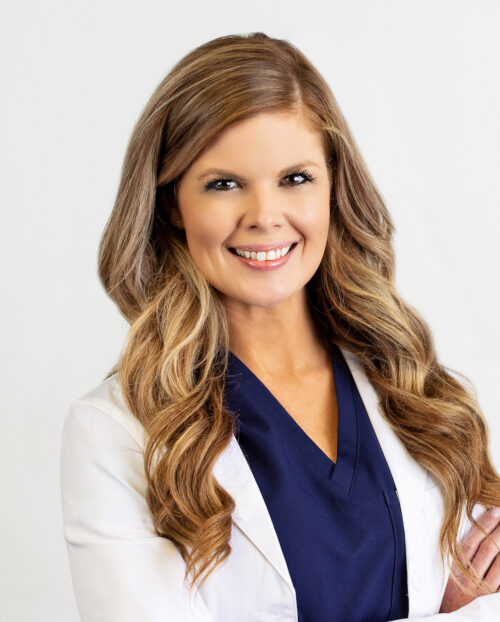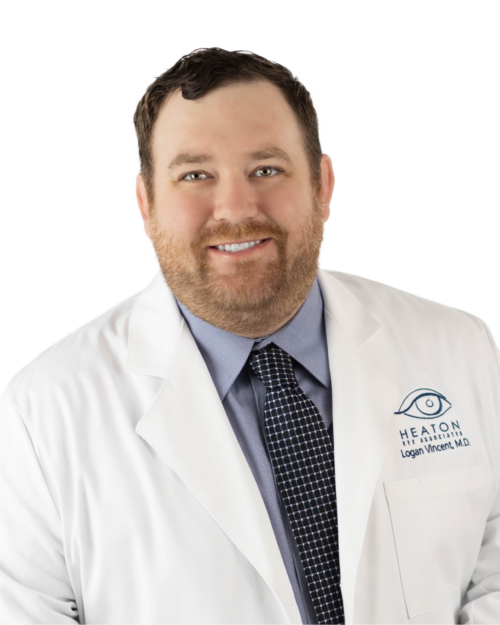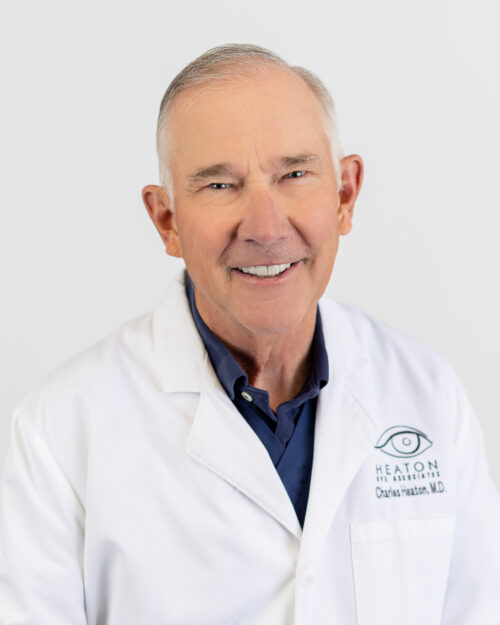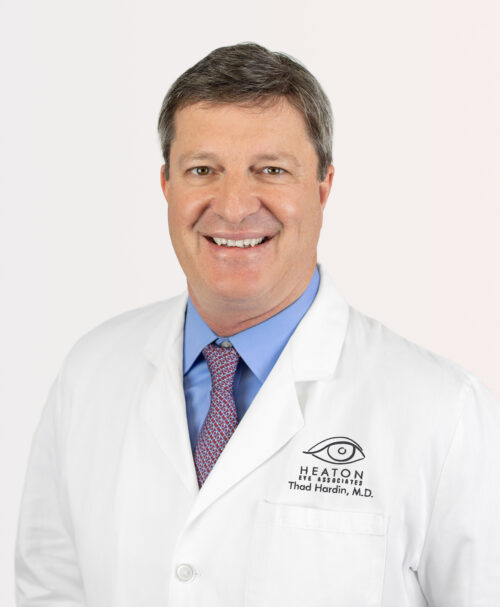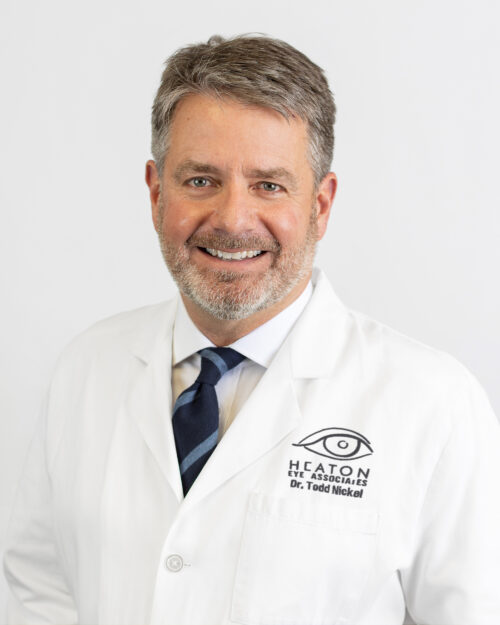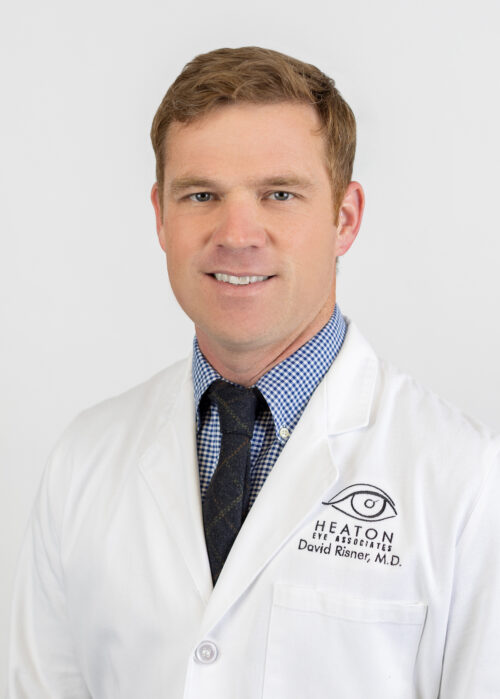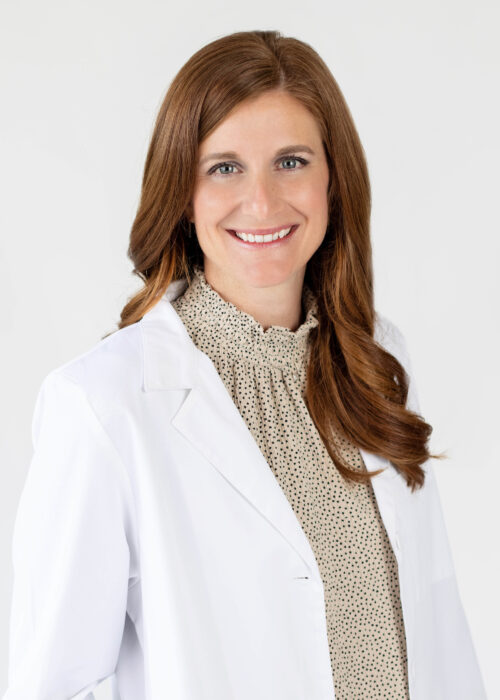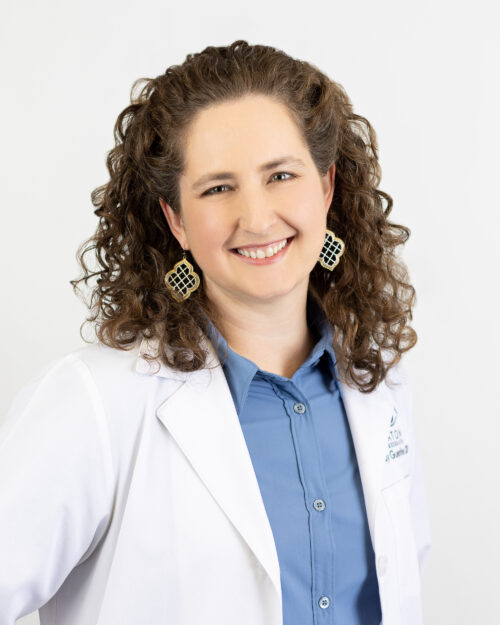To maintain good vision and to keep your eyes healthy, it is important to have routine eye exams. Those with stable vision without any eye disease, having a routine eye exam every two years is important. Your eyes will be dilated at this exam so the doctor can see into your retina checking and screening for eye diseases or disorders. If further testing is required, a more comprehensive exam and possibly more testing will be scheduled.
If you experience any changes in your vision between regularly scheduled visits with your eye specialist, you should schedule an appointment as soon as possible. Early detection and treatment can be the key to preventing loss of vision.
Preparing for Your Eye Exam
When you call to make an eye appointment, please be prepared to describe any current vision problems. And feel free to ask questions like, will the eye examination affect my vision temporarily or will I need someone to drive me home? You may also want to ask if your insurance plan will cover any of the cost of the exam and how payment is handled.
Before going to the appointment, please gather the following information to help answer questions the eye care professional may ask
Patients should also take the following items with them to their eye appointment
Signs That You May Need an Eye Exam
Adults
Children

Schedule Today!
If you are experiencing any of the symptoms above schedule an appointment.
The following symptoms are indications of serious medical problems that require immediate attention
If you are experiencing any of these symptoms, call our office immediately.
Your Routine Eye Exam

Visual acuity tests measure the smallest object each eye can see at a certain distance. Usually, each eye will be done individually by covering one eye at a time. It may be necessary to tape a patch over a child’s eye to keep the child from peeking. The Snellen chart is the most common way to test visual acuity. This chart contains letters and numbers that decrease in size. When taking the test, the distance between the patient and the chart is 20 feet.
Normal vision for the average person is 20/20. A person with 20/40 vision will see at twenty feet what a normal eye sees at forty feet. A person with 20/200 vision is legally blind. This person can only see at twenty feet what a normal eye sees at two hundred feet. A person with 20/15 vision has better than normal eyesight. They see at twenty feet what the normal eye would have to bring in to fifteen feet to see.
Children who do not know letters and numbers are tested with the Tumbling E chart. The child will point in the same direction as the E is on the chart during the administration of the test. Children younger than four may have trouble with this test. So, several different tests can be used to obtain an accurate visual acuity for children.
Comprehensive Eye Exams
Comprehensive eye exams for adults include the following
Additional tests for young children include
Refraction
Refraction is part of a routine eye examination. This test tells the doctor if you need glasses or contacts and exactly what prescription is needed. The test is performed by having the patient look through a device, a phoropter or refractor, and focus on an eye chart 20 feet away, which determines the prescription that allows the patient to see clearly.
Your visit to Heaton Eye Associates will include a discussion of the exam’s findings and any treatment prescribed.


